Gov’t decides to determine cotton price on the basis of free market principles
The price of raw cotton grown in Uzbekistan is now determined based on market principles, the information service of the Ministry of Agriculture informs Kun.uz.
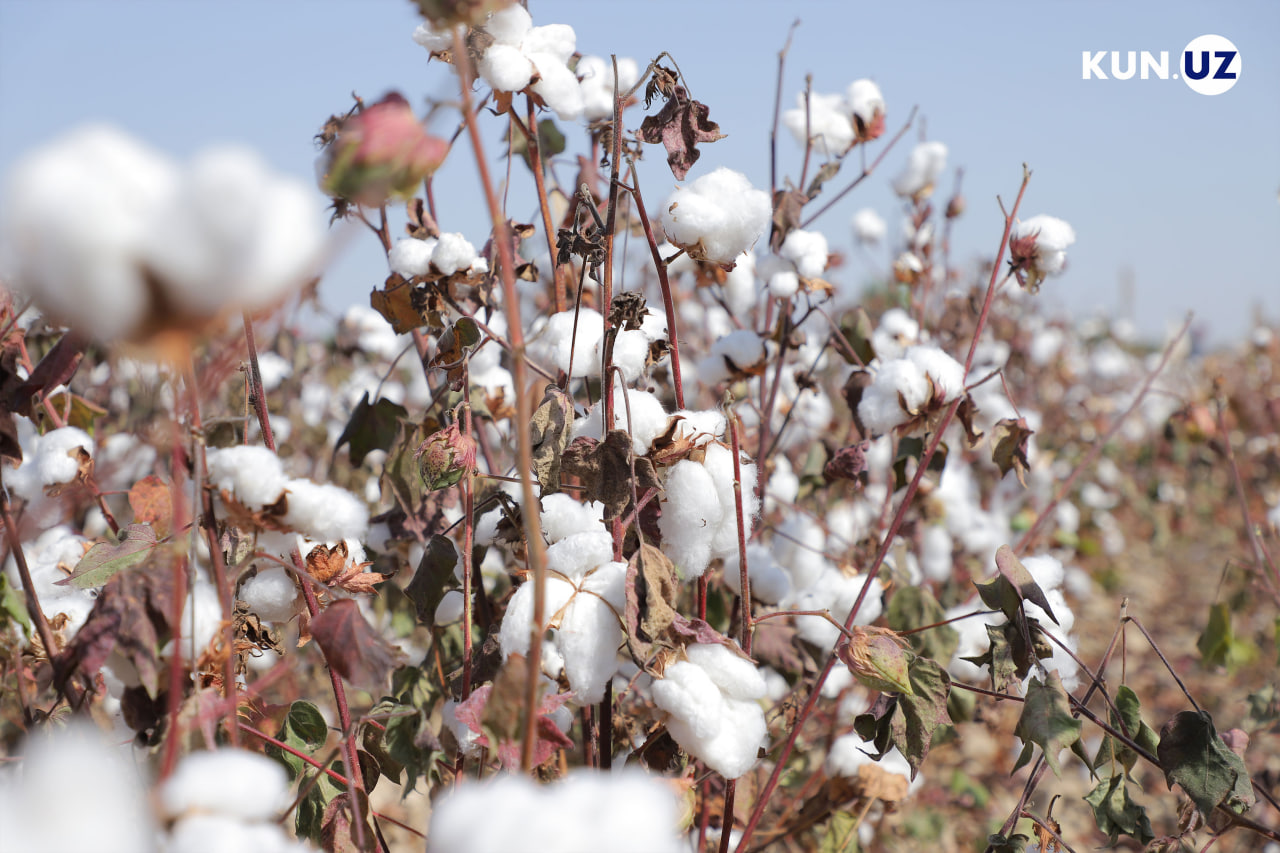
Photo: Kun.uz
These changes are based on the presidential decision on January 26, 2023 “On additional measures to further support the activities of cotton raw material growers”.
Reportedly, the price of raw cotton is determined in accordance with the requirements of the market economy, based on the condition of the land in that area, the costs of cotton cultivation, the demand and supply in the market, and is determined by the mutual agreement of the buying and selling parties.
The farmer-peasant is given the freedom to sell the raw cotton he grows at a mutually agreed price with the buyer. Up to 50% of the cost of electricity used for pumping cotton fields is covered from the state budget.
The message says that the supply of seeds, mineral fertilizers, fuels and plant protection products by the clusters to farms at 15-20% lower prices compared to last year was another opportunity to reduce the costs of cotton cultivation.
According to the representative of the ministry, as a result of the purchase of more than 5,000 high-performance agricultural machinery and aggregates by cotton-textile clusters and farms this year, 48%t of the area was planted with high-performance modern pneumatic seeders and 15,000 tons of seed (more than 24 billion soums) and 5 thousand tons of diesel fuel (almost 50 billion soums) were saved.
As a result of the introduction of drip irrigation technology in the republic, cotton fields were increased to almost 300 thousand hectares, about 1.5 billion cubic meters of water resources, more than 50 thousand tons of mineral fertilizers (about 200 billion soums) and about 10 thousand tons of fuel and lubricants (90 more than billion soums) was saved.
Related News
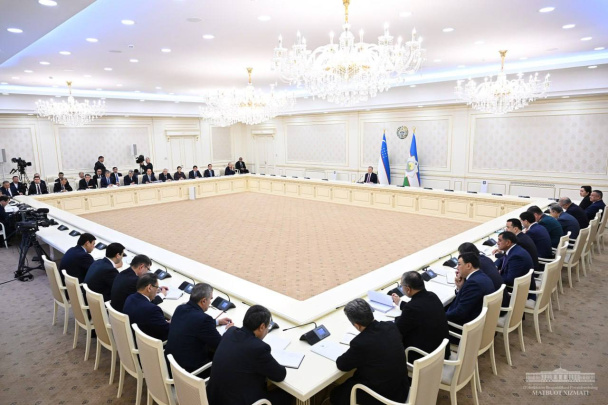
15:16 / 10.05.2024
One large leather cluster to be established in two regions of Uzbekistan
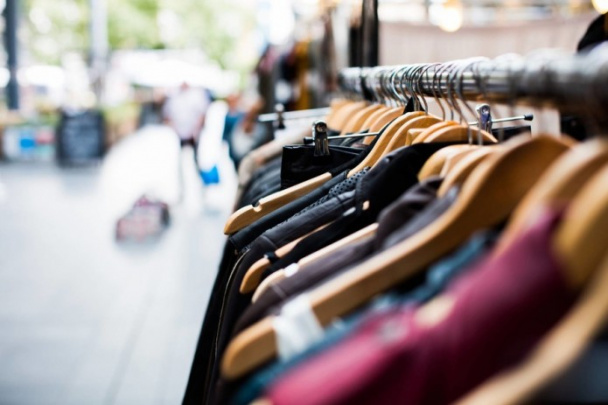
17:18 / 19.08.2023
Textile clusters to receive a loan in the amount of 3 trillion soums for working capital
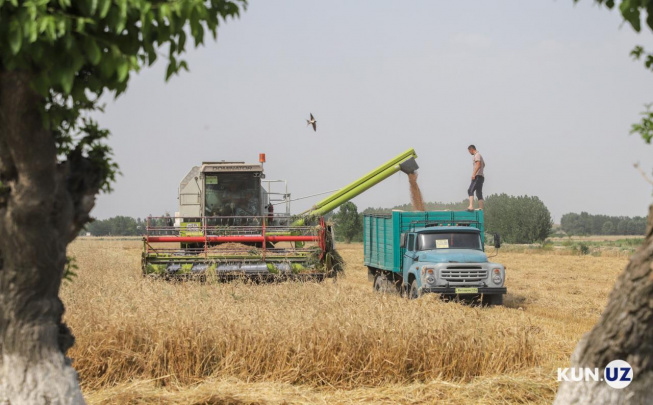
18:27 / 11.05.2022
State to sell and buy grain at market prices from June 1
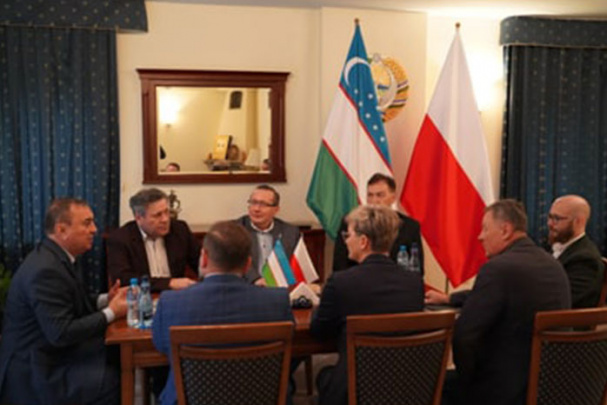
14:57 / 25.04.2022



